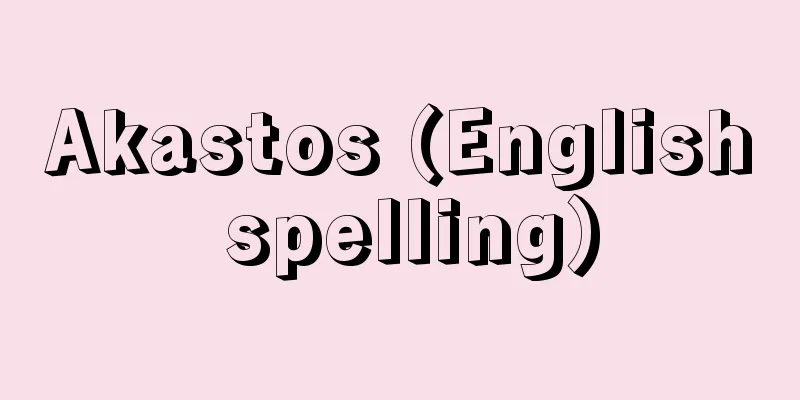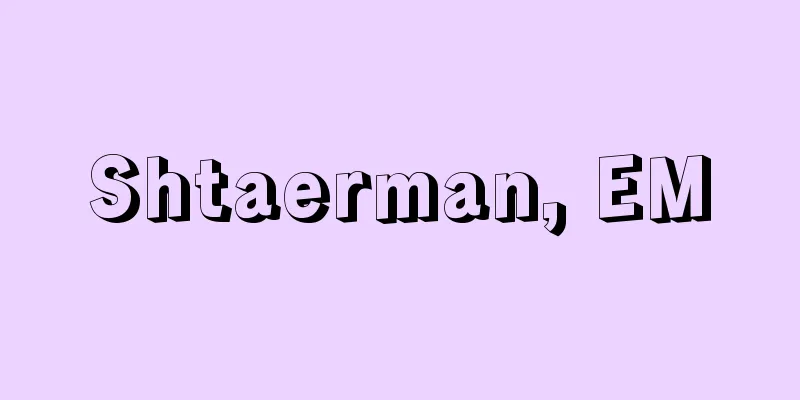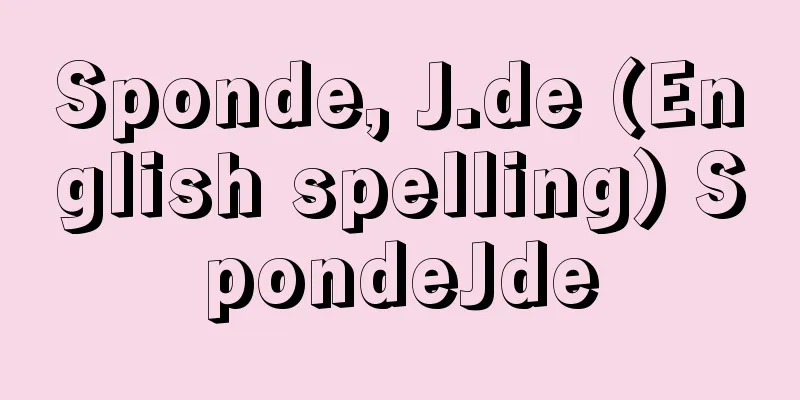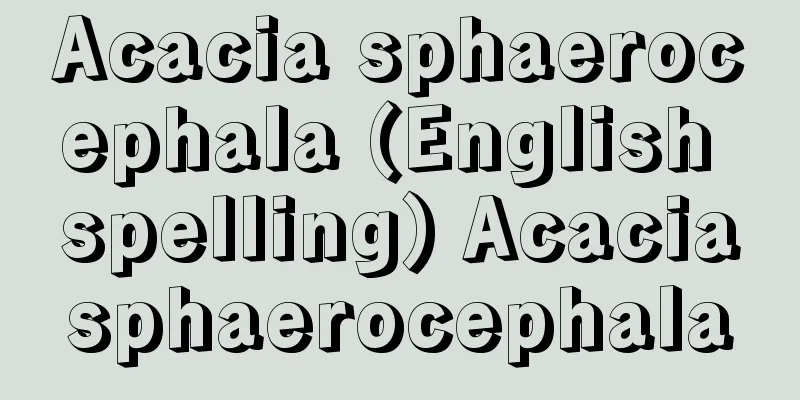Brno - Brno (English spelling)

|
The central city of southern Moravia in the Czech Republic. Population 379,185 (2001). German name Burünn. The second largest city in the country after the capital Prague. Located at the junction of the Czech Moravian highlands and the lowlands along the Danube River, where the Svratka and Svitava rivers meet, it has been a key transportation hub since ancient times. It is an industrial city with a thriving mechanical, armament, electrical, and traditional textile industry, and an international trade fair is held every year. It is also the cultural center of Moravia, with a university, higher education institutions, research institutes, a symphony orchestra, and other cultural facilities. A castle was built in the 11th century, and it became the capital of the Margraviate of Moravia from the 13th century. In the 18th century, textile manufacture (factory handicrafts) developed, and in the 19th century, it became the center of the textile industry through mechanization, and was called the "Manchester of Moravia." In the 12th and 13th centuries, the town was Germanized by German colonists from the East, but in the 19th century, Czechs came to live as workers during the industrialization process and became the majority. Remains of the town include Spielberg Castle, the Church of St. Peter and Paul, and the Augustinian monastery where geneticist Mendel and composer Janacek lived. The Moravian Karst caves on the northern outskirts of the city are famous. [Mizuho Nakata] World Heritage RegistrationArchitect Mies van der Rohe's 1930 work "Villa Tugendhat" (Tsugendhat Villa, Tugendhat Villa) was registered as a World Heritage Site by UNESCO (United Nations Educational, Scientific and Cultural Organization) in 2001 as "Villa Tugendhat in Brno" (World Cultural Heritage). [Editorial Department] [References] | |Source: Shogakukan Encyclopedia Nipponica About Encyclopedia Nipponica Information | Legend |
|
チェコ、モラビア地方南部の中心都市。人口37万9185(2001)。ドイツ語名ブルンBurünn。首都プラハに次ぐ同国第二の都市。チェコモラバ高地とドナウ川沿岸低地の接点、スブラトカ川とスビタバ川の合流点にあり、古くからの交通の要地。機械、兵器、電気工業、伝統ある繊維工業が盛んな工業都市で、毎年国際見本市が開かれる。総合大学や高等教育機関、諸研究所、交響楽団などの文化施設があるモラビアの文化的中心地でもある。11世紀には城が置かれ、13世紀からはモラビア辺境伯領の首都となった。18世紀には織物のマニュファクチュア(工場制手工業)が発展し、19世紀には機械化して繊維工業の中心地となり、「モラビアのマンチェスター」とよばれた。12、13世紀にはドイツ人の東方植民によって町はドイツ化したが、19世紀の工業化の過程でチェコ人が労働者として流入し、多数派となった。スピルベルグ城、聖ペトロ・パベル教会、遺伝学者メンデルや作曲家ヤナーチェクの過ごしたアウグスチン修道院などが残されている。市北郊のモラビア・カルストの鍾乳洞(しょうにゅうどう)は有名である。 [中田瑞穂] 世界遺産の登録建築家ミース・ファン・デル・ローエの1930年の作品「チュゲントハット邸」(ツゲンドハット邸、トゥゲントハット邸)が2001年、ユネスコ(国連教育科学文化機関)により「ブルノのツゲンドハット邸」として世界遺産の文化遺産に登録された(世界文化遺産)。 [編集部] [参照項目] | |出典 小学館 日本大百科全書(ニッポニカ)日本大百科全書(ニッポニカ)について 情報 | 凡例 |
Recommend
Etheria
A secret society that sought freedom, liberation, ...
Shizue Kato
1897-2001 A women's activist and politician f...
Spatula squeeze - Spatula squeeze
A forging technique. A mold and metal plate are ro...
Conularia (English spelling)
A fossil animal closely related to the Scyphozoa o...
Language
…These tissues, along with the palatine tonsils a...
Parasol mushroom
…It grows in patches on the ground in forests fro...
Ki and Sei parties - Kisei Ryōtō
They are descendants of the Ki and Kiyohara clans ...
Pearl-bush (English spelling)
…In Europe and the United States, hybrids of this...
Awaji Island
Awaji Island is the largest island in the Seto In...
Jeju Island - Saishuto
It is the largest island at the southern end of K...
materialist dialect (English)
…a common name for the basic position of Marxist ...
Möbius, K. (English spelling) MobiusK
...The food chain that is established by eating l...
Master - Shinuchi
The person in charge of a Rakugo or Kodan perform...
Crossing - Oudanro
A transept is a secondary nave in a Christian chu...
Gamakaka - Gamakaka
…However, a scale can be recognized even if the a...









